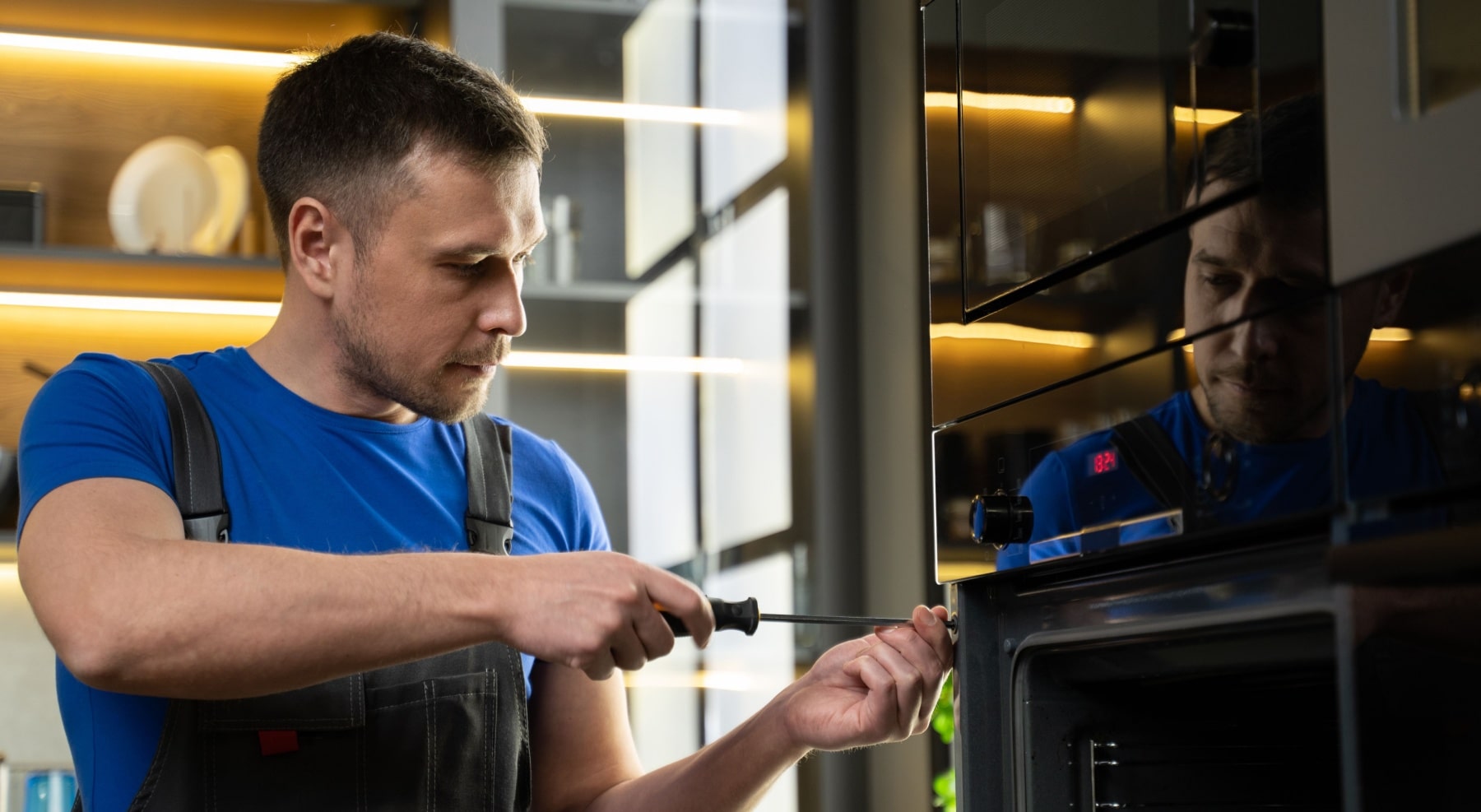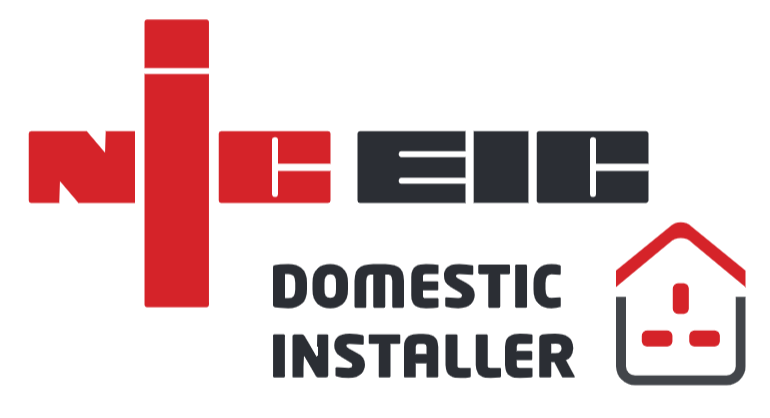DIY Home Repair: How to Fix Common Household Issues
Keeping your home in the best shape possible can seem like a constant effort, but a bit of DIY knowledge goes a long way in preserving your property – and your wallet. With the right tools, many common household problems can be fixed without calling in professionals. Not only will you save on repairs, but you’ll also build essential practical DIY home repair tips, know when to tackle jobs yourself, and when to call in the Essential Repair experts.
Essential Tools for Home Repairs
Every homeowner needs a well-stocked toolkit to tackle minor repairs, whether it’s for learning how to fit a bathroom or just trying out a simple DIY home patch-up. With just a few basic tools, you can save yourself countless trips to the repair shop and take on common home issues like a pro. Here’s a list of must-haves to get started:
- Claw Hammer: Useful for hammering nails or pulling them out.
- Screwdrivers: Phillips and flathead screwdrivers are versatile tools for tightening screws, opening battery compartments, and more.
- Sandpaper: Essential for smoothing surfaces before repainting or re-sealing.
- Duct Tape: Perfect for quick fixes on pipes or cracked surfaces until a permanent repair can be made.
- Measuring Tape: Always handy for accurate measurements.
- Saw: Ideal for trimming wood or plastic parts.
- Cordless Drill: For drilling holes and driving screws quickly and accurately.
- Spirit Level: Ensure your pictures, shelves, and mirrors are perfectly aligned.
- Pliers: Useful for gripping and turning small objects.
- Safety Goggles: Essential for protecting your eyes during drilling, cutting, or sanding.
Having these essentials at hand will help with most DIY home repairs, and you’ll be well-prepared for unexpected situations.
Common Household Issues and How to Fix Them
Once you’re equipped with the right tools, you can start tackling some of the most common household issues. From leaking taps to squeaky hinges, here are some tried-and-tested DIY solutions:
Leaky Taps
A dripping tap isn’t just annoying, it’s a drain on your wallet too. A leaky faucet could potentially waste hundreds of litres of water a year, which gradually adds up financially. The usual culprit is a worn-out washer or O-ring. Here’s how to fix it:
- Turn Off the Water: Locate the water valve under the sink and turn it off.
- Disassemble the Faucet: Use a wrench to remove the tap handle and expose the washer or O-ring.
- Replace the Washer/O-Ring: Simply replace it with a matching new part from a hardware store.
- Reassemble and Test: Turn the water back on and check that the drip is gone. If the issue persists, consider replacing the entire faucet.
Clogged Drains
Slow drains are a common problem in bathrooms and kitchens, but before calling in the plumber, try these steps:
- Use a Plunger: Place it over the drain and give it a few pumps to loosen debris.
- Apply a Natural Drain Cleaner: Pour a mixture of baking soda and vinegar down the drain, followed by boiling water.
- Use a Drain Snake: If the blockage persists, a drain snake can help dislodge stubborn clogs deep in the pipe.
If these methods don’t work, the clog might be further down the pipes, in which case you may need to consult a professional.
Wall Cracks and Holes
Minor cracks in walls are normal as buildings settle, but they can be unsightly and worsen over time. Here’s a quick way to patch them up:
- Clean the Area: Remove any loose debris with a putty knife.
- Apply Filler: Use a pre-mixed wall filler to fill the crack or hole.
- Sand the Surface: Once the filler is dry, sand it down until it’s smooth.
- Repaint: Apply a fresh coat of paint to blend the repair into the surrounding wall.
Faulty Light Switches
Flickering lights or unresponsive switches can often be fixed with a simple swap, but be careful when managing electrics. Here’s how:
- Turn Off the Power: Ensure the power is off at the circuit breaker.
- Remove the Faceplate: Unscrew the switch cover and remove it.
- Inspect and Replace: Check for any signs of burning or damage. If needed, replace the switch by attaching the new one to the corresponding wires.
- Reattach and Test: Restore power and test the new switch to ensure it works correctly.
Squeaky Doors
Doors with hinges exposed to dust or moisture can develop squeaks over time. While WD-40 is commonly used, there are some better, more accessible options for door hinges that won’t attract dirt:
- Try Petroleum Jelly: It’s a thick lubricant that won’t drip or attract dust.
- Use Olive Oil or Bar Soap: These are natural alternatives likely already in your home.
Apply your chosen lubricant to the hinge and open and close the door a few times to spread it evenly.
Preventative Maintenance Tips
Regular repairs and maintenance keep your home looking great whilst helping to prevent more expensive repairs down the line. Here are a few preventative tips:
- Bleed Radiators: Release trapped air in your radiators by using a valve key. This ensures they’re heating properly, reducing energy costs.
- Check and Replace Caulk: Old caulk around bathtubs, sinks, and windows can lead to leaks and drafts. Remove dried-out caulking and apply new caulk for a watertight seal.
- Inspect Plug Sockets: Over time, sockets can become loose or damaged. If you notice a cracked or wobbly faceplate, it’s an easy DIY fix. Always ensure the power is off before starting.
Routine checks and maintenance on plumbing, wiring, and seals can make a world of difference in keeping your home in good shape.
When to Call a Professional
While DIY fixes are rewarding and can help you save on costs, some jobs require an experienced professional, especially those that involve extensive work or specific expertise. Here’s when it’s best to leave it to the experts:
- Plumbing and Gas Services: Issues beyond a simple leaky tap, such as water heater problems or gas lines, should be handled by a licensed plumber.
- Electrical Work: For more complex electrical repairs like rewiring, always consult a qualified electrician.
- Major Structural Repairs: Wall cracks that extend or affect structural integrity should be examined by a specialist.
- Bathroom Renovations: For larger projects like putting in a new bathroom, it’s best to consult professionals to ensure safe plumbing, waterproofing, and electrics.
Working with a trusted maintenance company like Essential Repairs ensures you’ll get prompt and professional assistance when you need it most. Our team of specialists in London is ready to handle everything from minor repairs to major renovations, bringing expert care to your home.
The Benefits of DIY Home Repair
Learning basic DIY skills gives you greater control over your home and can save you a significant amount in repair costs. You’ll also gain confidence in tackling future issues, and with each project completed, your home becomes a more comfortable and well-maintained space.
And remember, for bigger issues or ongoing maintenance, Essential Repairs is just a call away. Our specialists provide a wide range of property maintenance services across London, from repairs and plumbing to electrical fixes and full renovation support. Don’t hesitate to reach out when you need expert help – our team is here to make sure your property stays in the best condition.
Conclusion
Start your DIY journey with these tips, and take control of your home’s maintenance. If you’re ready for a professional touch, Essential Repairs offers everything you need to keep your property in top condition.



